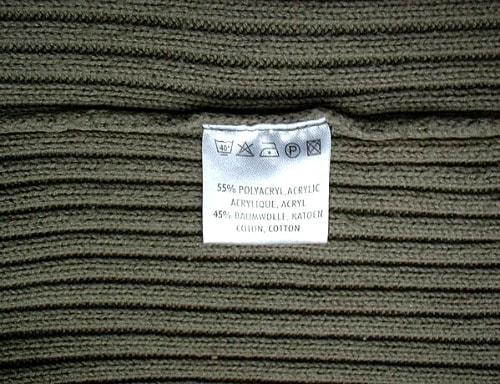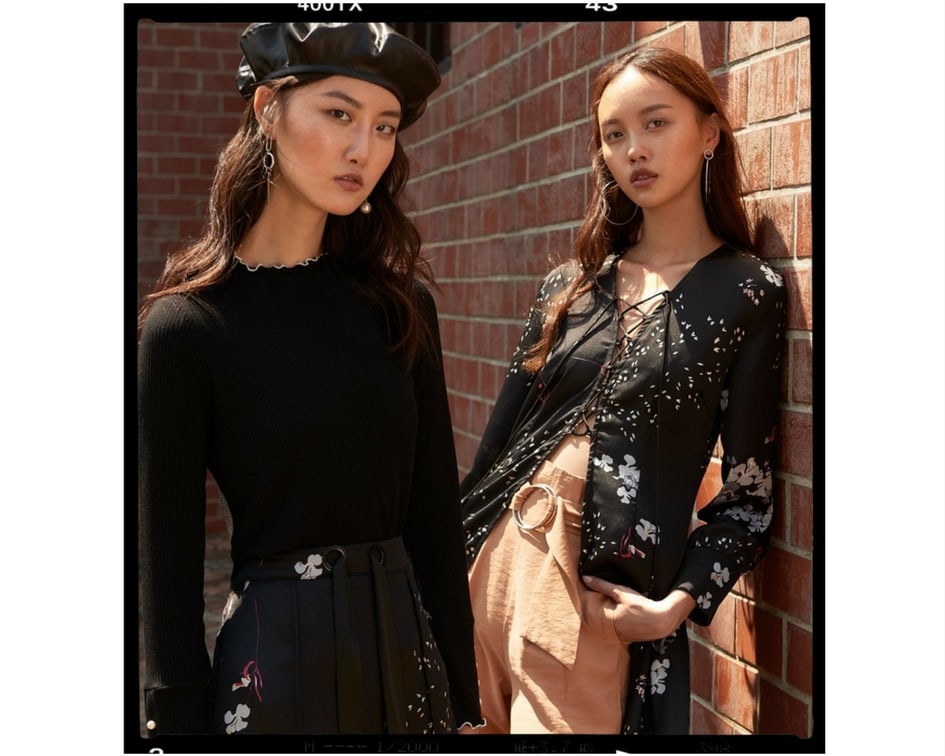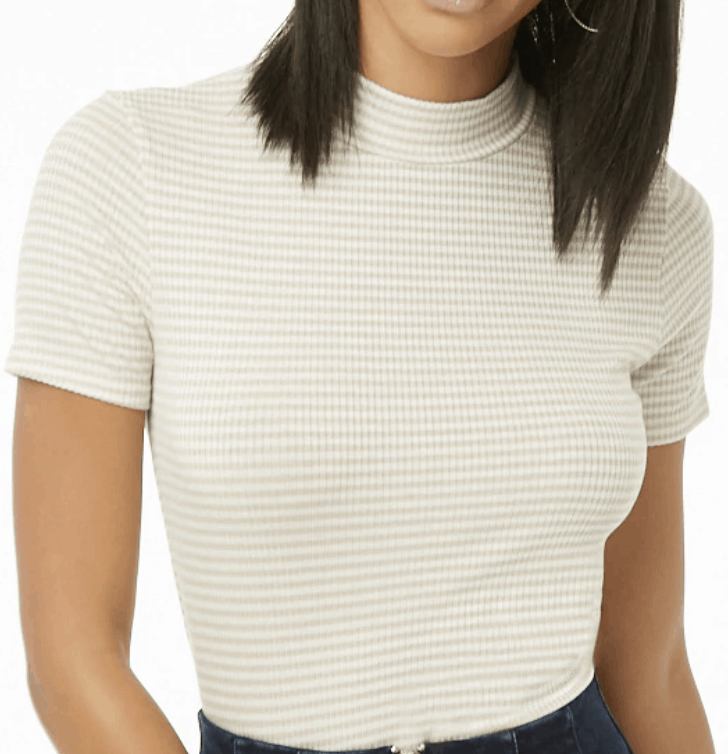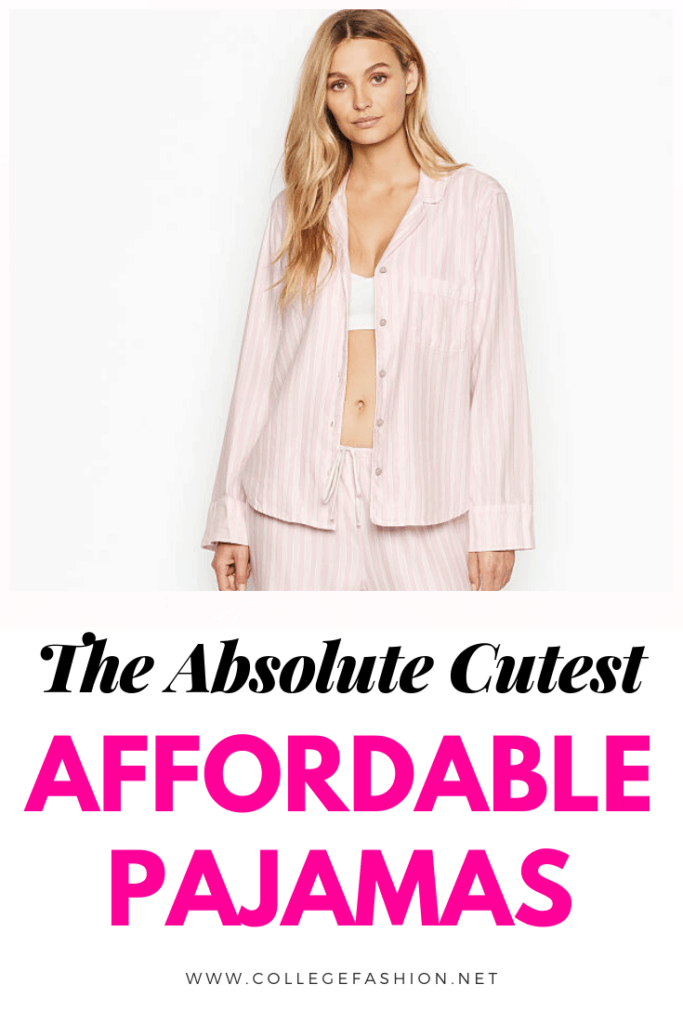How to Shop Animal Friendly: A Guide to Vegetarian Clothes and Accessories

For the past five years, I have been a vegetarian shopper and dresser. That means I don’t wear fur, leather, or silk, because they come from animals. Many vegan dressers don’t wear wool, but I sometimes do so because animals are not killed during its production (Although, as with shopping for any animal product, it is always good to be an informed consumer and consider how the animals were treated.)
When I tell them my decision to shop vegetarian, many people think it’s difficult to do so, but I’m here to tell you it’s easier than you think – AND it in no way means you are limited to the somewhat frumpy options presented on many vegan shoe websites.
{RELATED POST: The Cutest Faux Leather Pieces We Love for Fall, Under $70}
Whether you’re looking to reduce the amount of animal products you buy or want to dress totally veg, I’ve created a guide to finding clothes, bags, and shoes that don’t come from animals but are straight-up fabulous.
Table of Contents
First Things First: Label-Reading

Photo: Wikimedia Commons
I cannot stress enough the importance of reading labels when trying to shop veggie-style. Even if I’m pretty sure something is made of man-made materials, I ALWAYS read the label to make sure.
Here’s what to look for:
- Dig around the lining of clothes (yes, I’ve sometimes looked awkward in stores reaching up the bottom of a dress) to find the larger tag that has things like washing instructions. This will tell you exactly what materials the garment is made from.
- Bags will often have a little tag inside them, too. These tags will either give you the exact materials the bag is made of, or, if they’re vegetarian, may say “man-made materials.”
- Shoes can be labeled in a number of places. Often it’s in the lining of the shoe, on the inside, either in the heel or by the toe. Other times they may have stickers on the bottom that will either say the materials or have symbols indicating what the different elements are made from. A diamond shape means faux-leather materials, a textured square means fabric, and what to avoid is a squiggly polygon shape that is meant to look like a tanned hide, which signifies real leather.
- Belts are often labeled on the reverse side, near the buckle.
- If all else fails, look up the item in an online store, which will most likely list materials in the description. If you can, it’s generally most reliable to go to the brand’s actual site, as I’ve found that mass retailers, like Zappos, sometimes list materials inaccurately.
Jackets (and Other Leather-Look Clothing)

Jacket: Topshop






